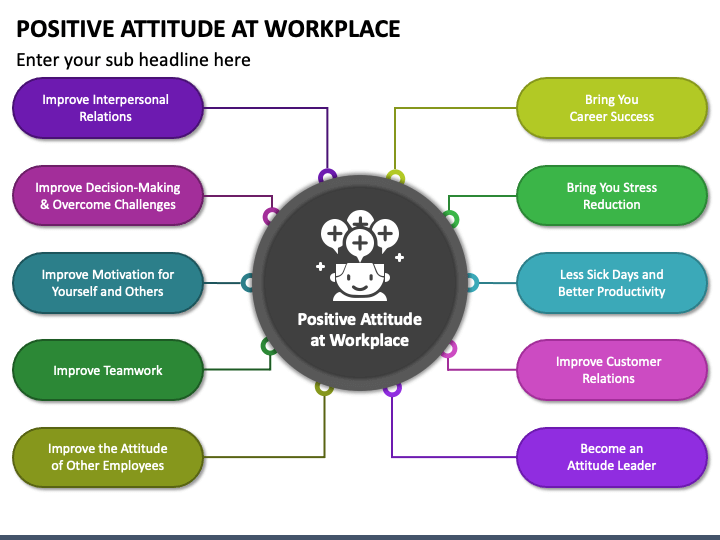Attitude In The Workplace Examples
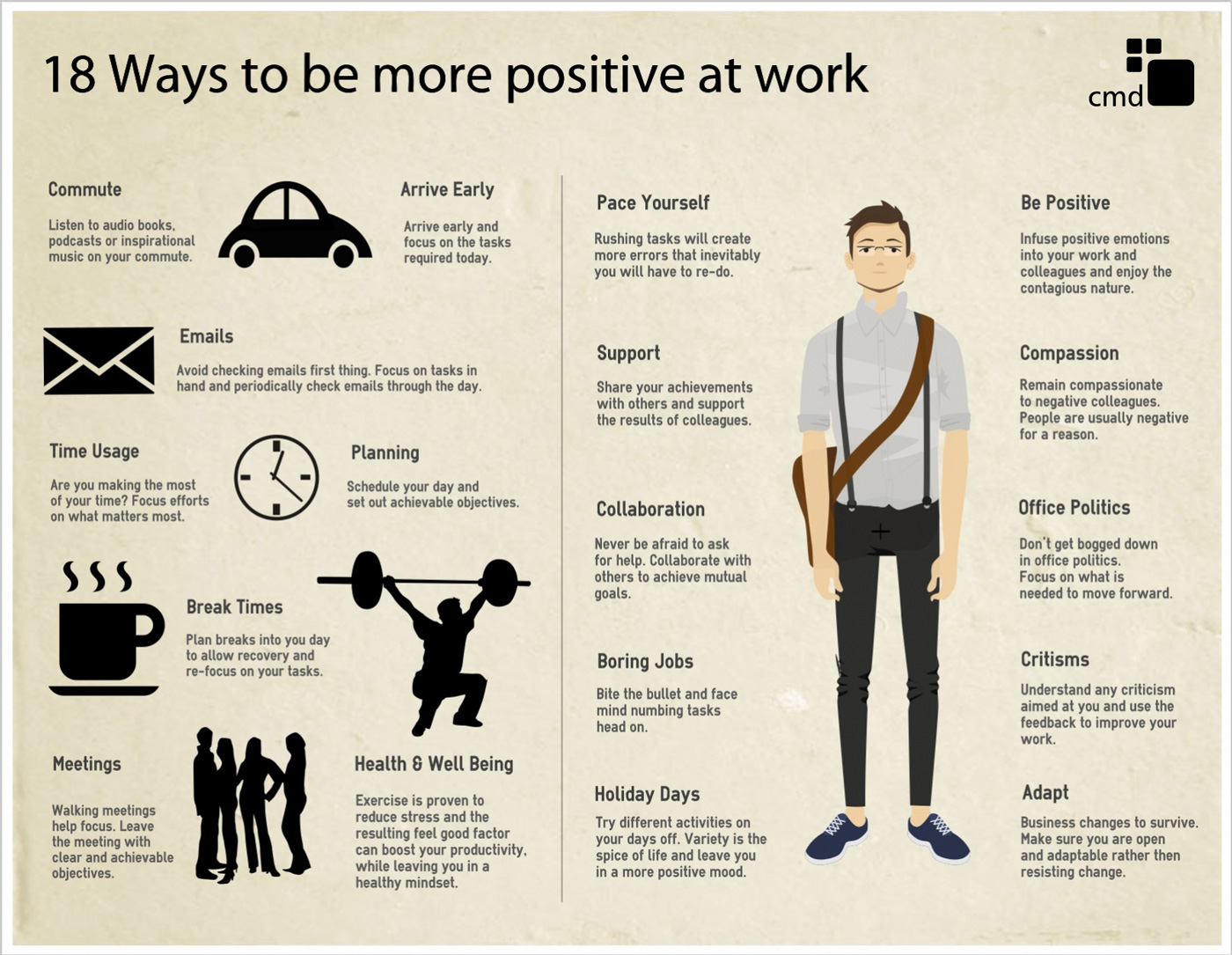
Workplace attitude, often an intangible yet powerful force, significantly impacts productivity, morale, and overall organizational success. While some view it as a personal trait, its effects reverberate through teams and can either elevate or erode the collaborative spirit. Understanding and managing workplace attitude, both positive and negative, is therefore crucial for employers and employees alike.
This article explores various examples of workplace attitude, analyzing their manifestation, consequences, and potential strategies for fostering a positive and productive work environment. We will examine specific scenarios and consider the broader implications of attitude on individual and organizational performance. The Society for Human Resource Management (SHRM), a leading authority on workplace issues, emphasizes the importance of addressing attitudinal challenges proactively to mitigate potential negative impacts.
Positive Attitudes: A Catalyst for Success
Positive workplace attitudes are characterized by enthusiasm, optimism, and a willingness to contribute. Employees exhibiting such traits often display initiative, problem-solving skills, and a strong sense of teamwork. This can translate to higher productivity, increased innovation, and improved customer satisfaction, according to numerous studies on organizational behavior.
Examples of Positive Workplace Attitudes
Proactive problem-solving: Instead of dwelling on problems, employees with a positive attitude actively seek solutions and offer suggestions for improvement. They view challenges as opportunities for growth and learning. This is often exhibited through a 'can-do' approach to difficult tasks.
Constructive communication: Individuals with a positive outlook tend to communicate respectfully and effectively, even when disagreeing. They focus on facts, maintain a calm demeanor, and strive for mutual understanding. This minimizes conflict and fosters a more collaborative environment.
Supportive teamwork: Positive employees willingly assist colleagues, share knowledge, and celebrate successes. They understand that collective achievement benefits everyone. This includes offering mentorship, sharing resources, and providing encouragement.
Negative Attitudes: A Detriment to Progress
Negative attitudes in the workplace can manifest as cynicism, negativity, and a lack of engagement. These behaviors can be contagious, impacting team morale and ultimately hindering overall organizational performance. Identifying and addressing negative attitudes early on is essential to prevent escalation.
Examples of Negative Workplace Attitudes
Constant complaining: Employees who frequently complain about their work, colleagues, or the company's policies can create a toxic environment. This can be a significant drain on morale. This behavior often fosters a sense of resentment and discontent amongst team members.
Resistance to change: Individuals resistant to new ideas, technologies, or procedures can impede progress and innovation. They may express skepticism, obstruct implementation, or actively undermine efforts to improve processes. This can create bottlenecks and stifle growth.
Gossip and negativity: Spreading rumors, engaging in backstabbing, or generally fostering a negative atmosphere can severely damage trust and relationships. This behavior creates division and undermines teamwork, leading to a decline in productivity and morale.
Addressing Attitudinal Challenges
Organizations can address negative workplace attitudes through various strategies, including training, clear communication, and consistent enforcement of workplace policies. Performance management systems should incorporate behavioral expectations, and feedback should be provided regularly and constructively. SHRM recommends creating a culture of open communication and transparency to address concerns before they escalate.
Leadership plays a crucial role in setting the tone and modeling positive attitudes. Leaders should demonstrate empathy, provide support, and recognize employee contributions. Open-door policies and regular team meetings can provide platforms for addressing concerns and fostering a sense of belonging.
Ultimately, creating a positive workplace requires a concerted effort from both employers and employees. By understanding the impact of attitude and implementing proactive strategies, organizations can cultivate a work environment that fosters collaboration, innovation, and success. Ignoring these issues can lead to increased turnover and reputational damage, costing companies significantly in the long run.
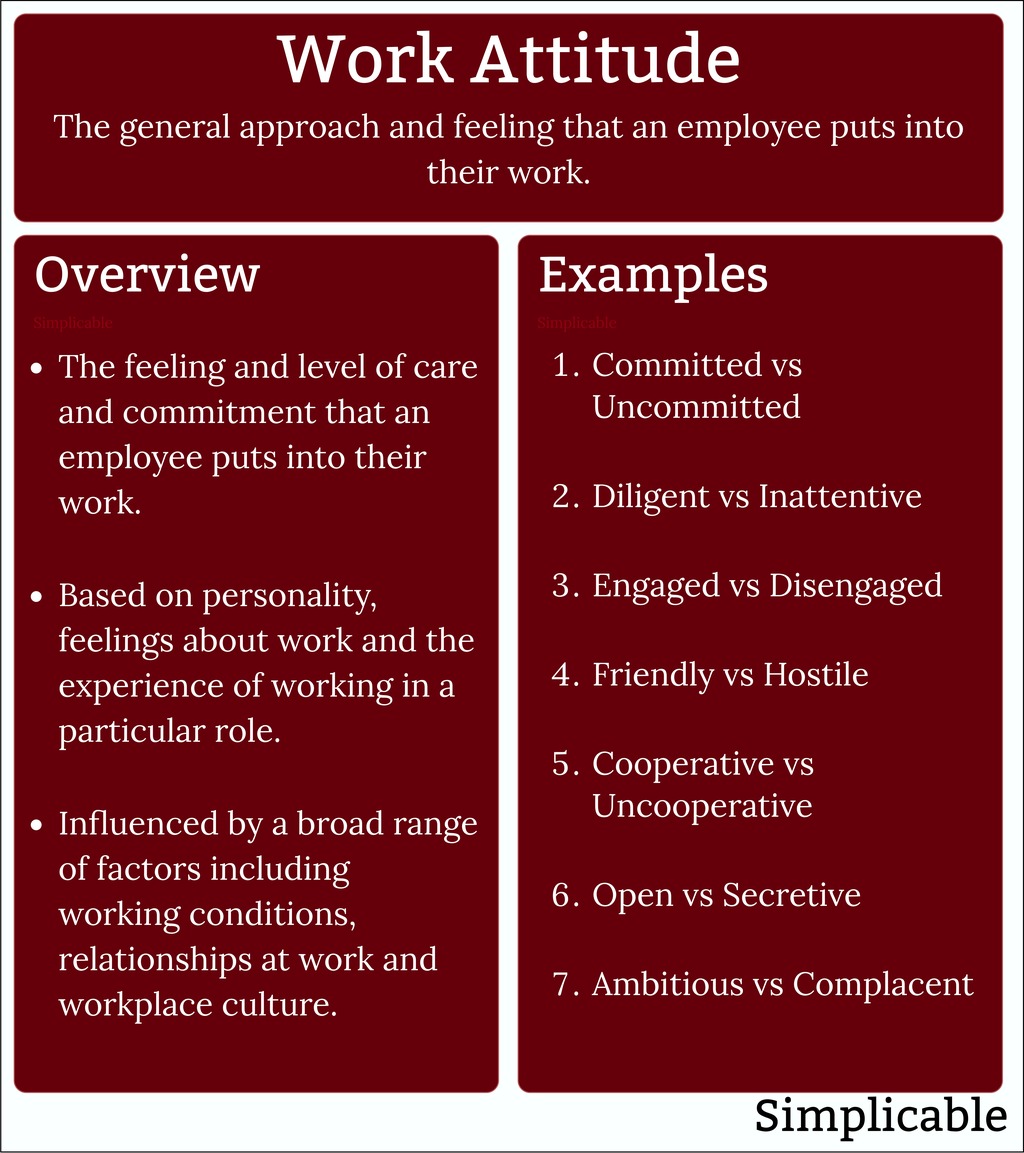


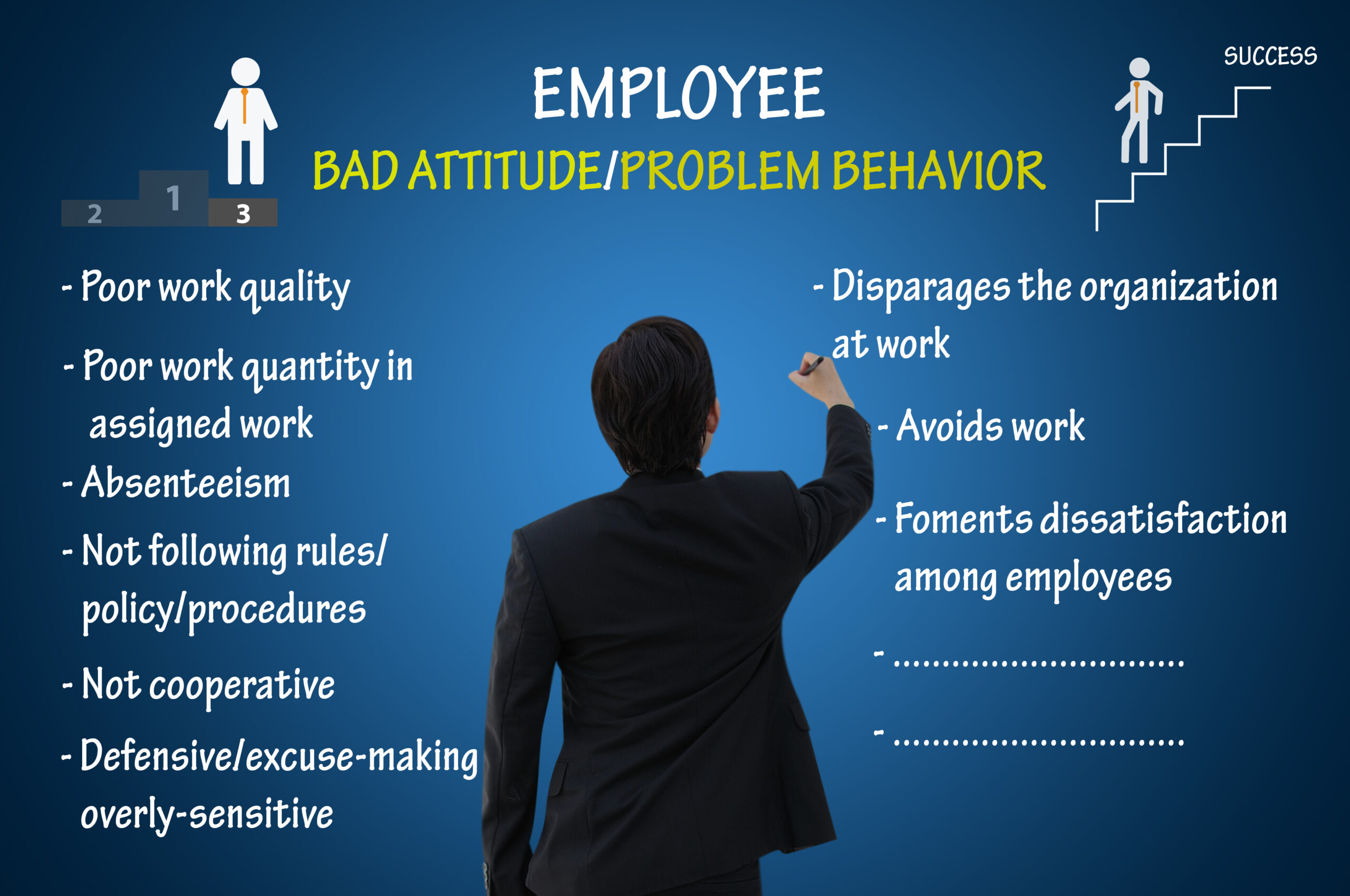

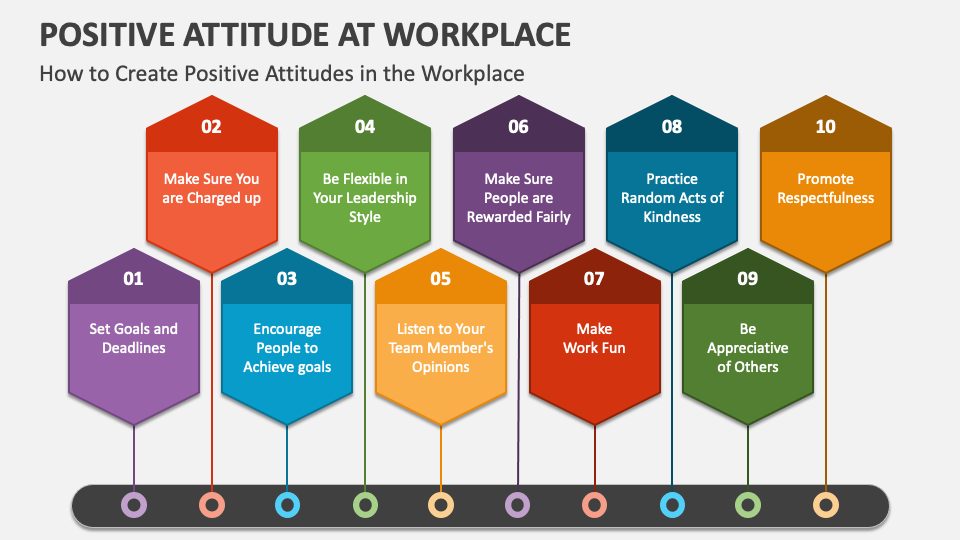
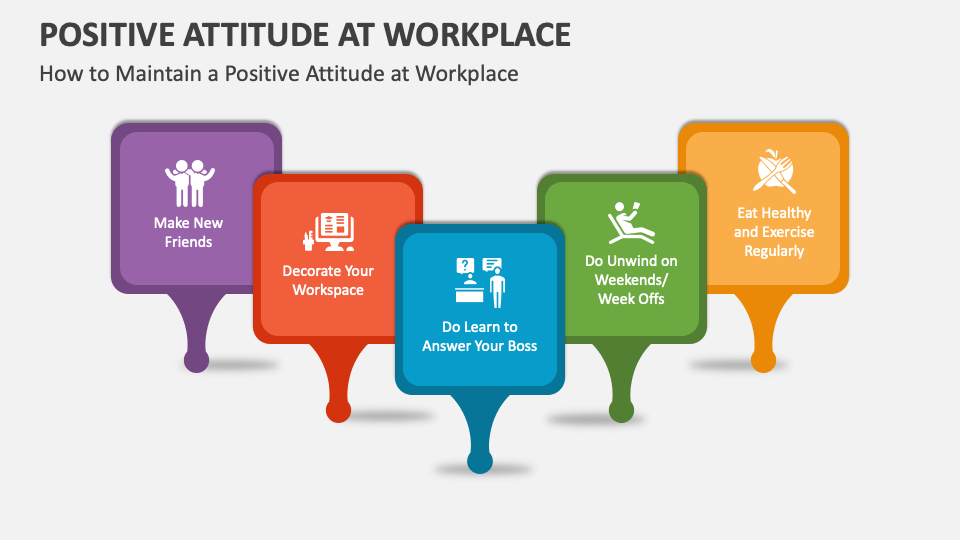
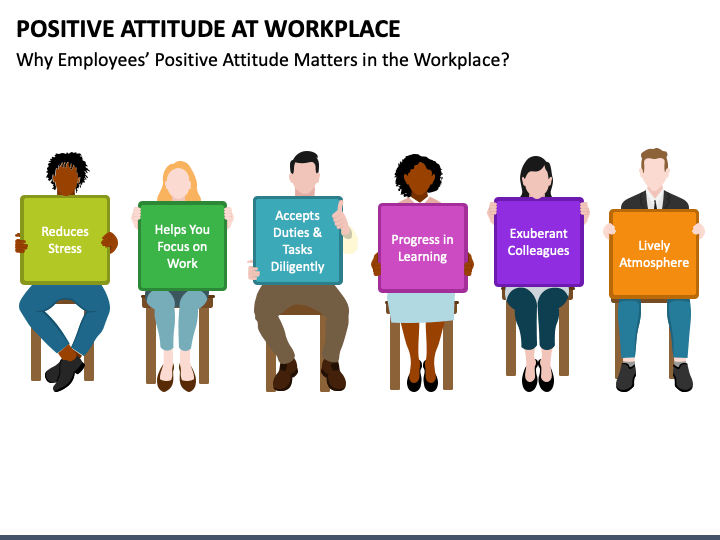

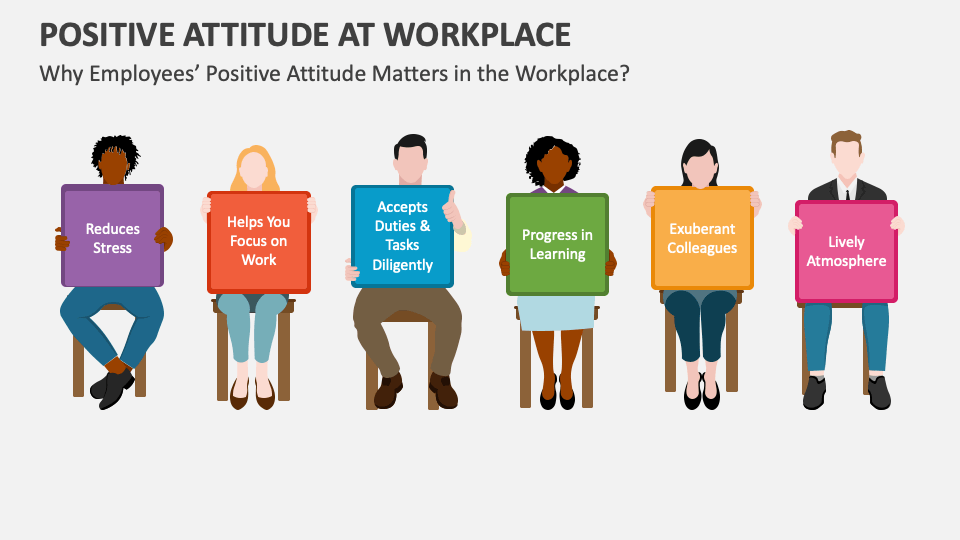

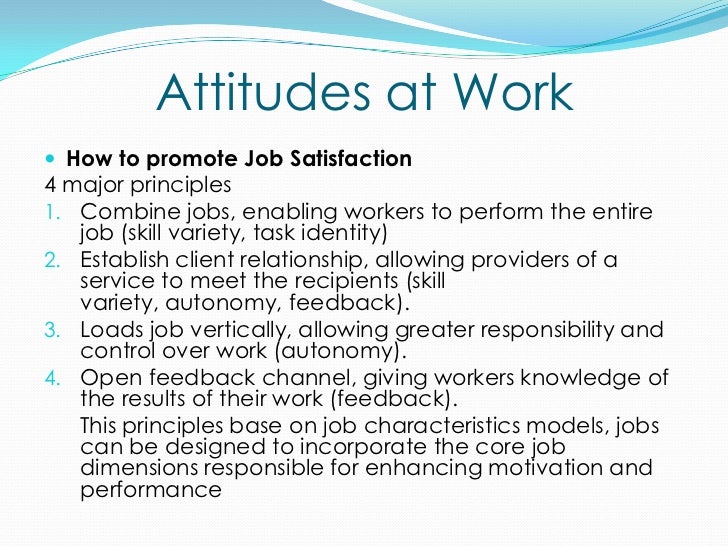
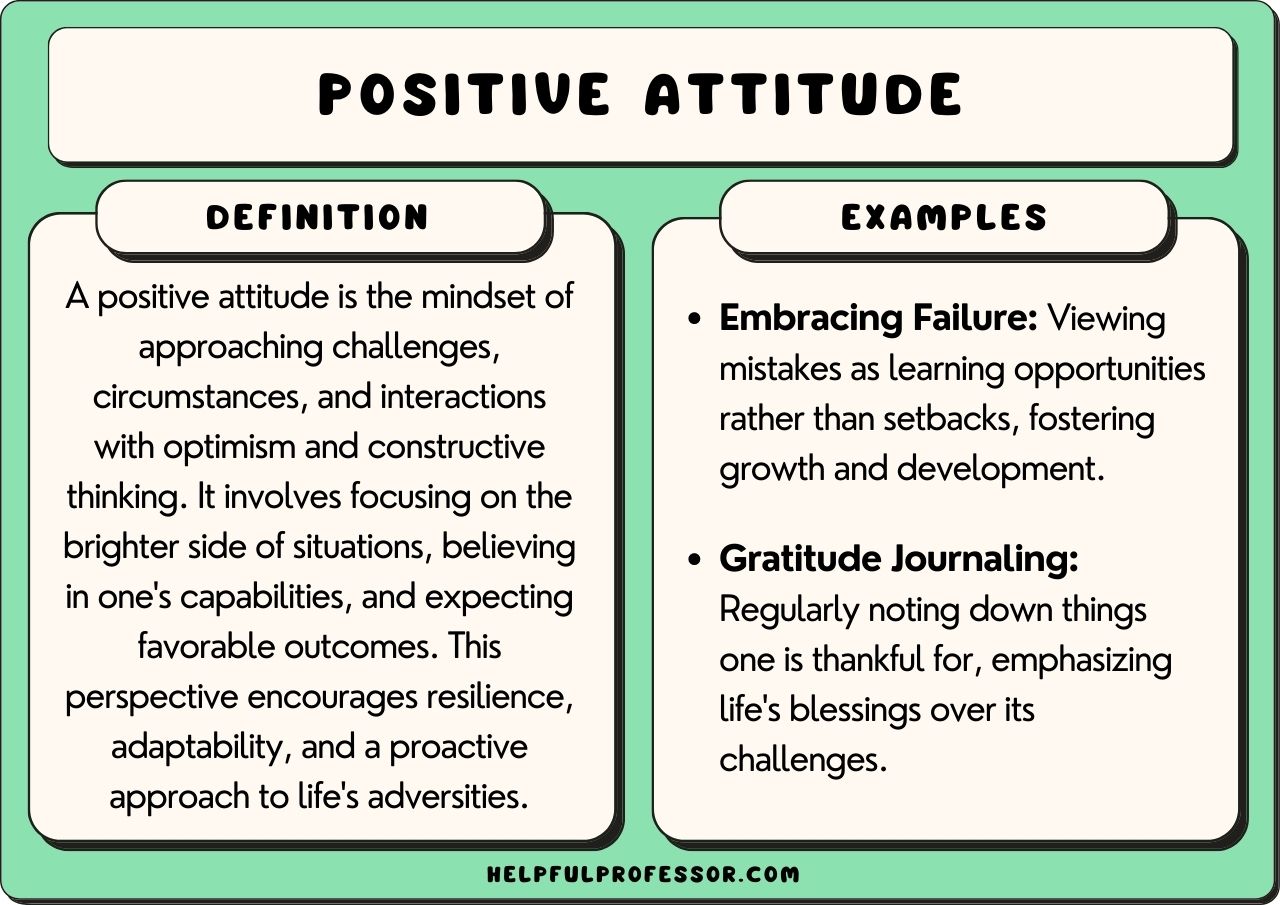
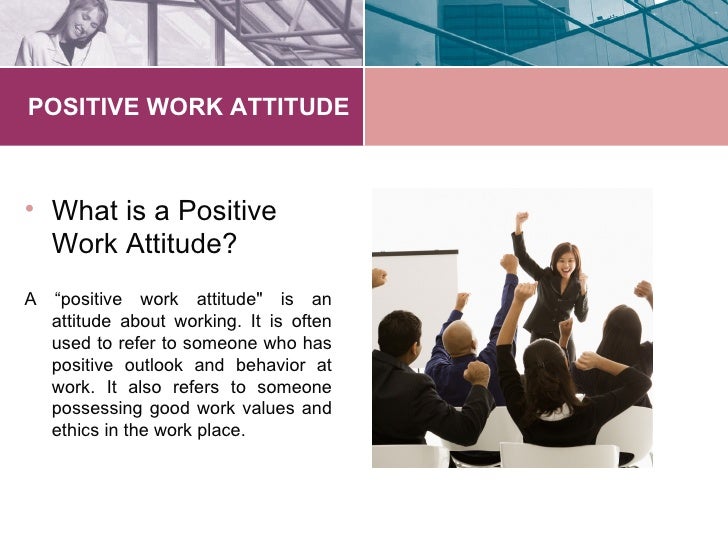

![Attitude In The Workplace Examples Examples Of A Positive Attitude At Work [2024 Overview & Importance]](https://timesproweb-static-backend-prod.s3.ap-south-1.amazonaws.com/Blog_Page_On_Examples_Of_A_Positive_Attitude_At_Work_974df083b9.webp)

